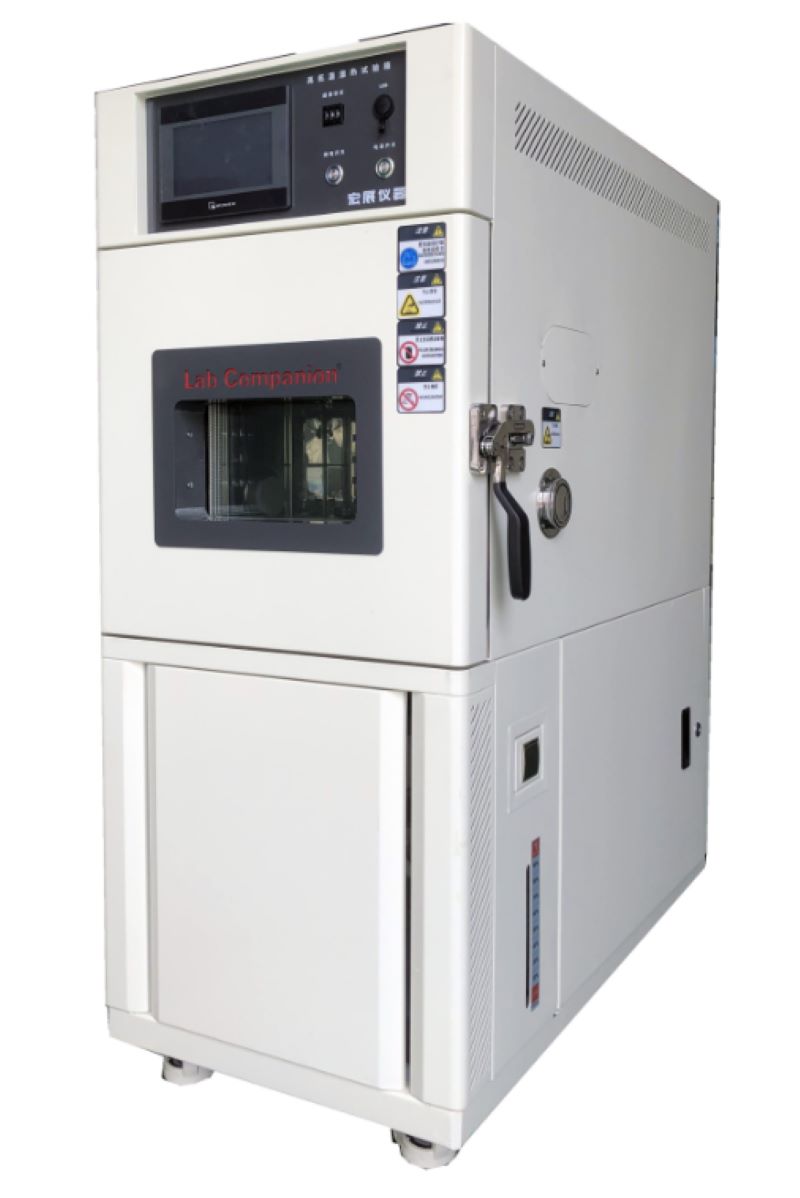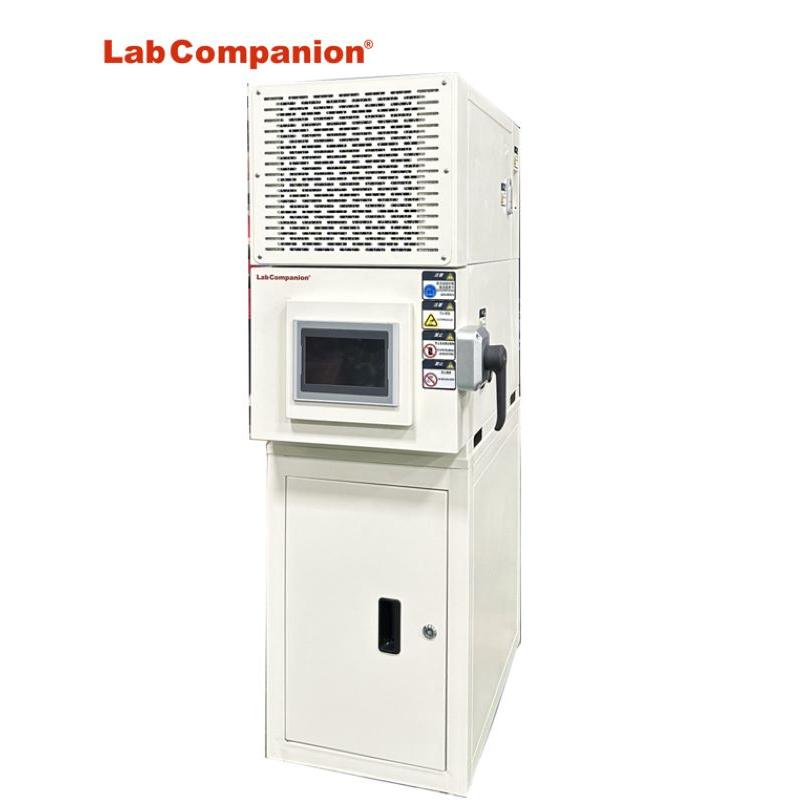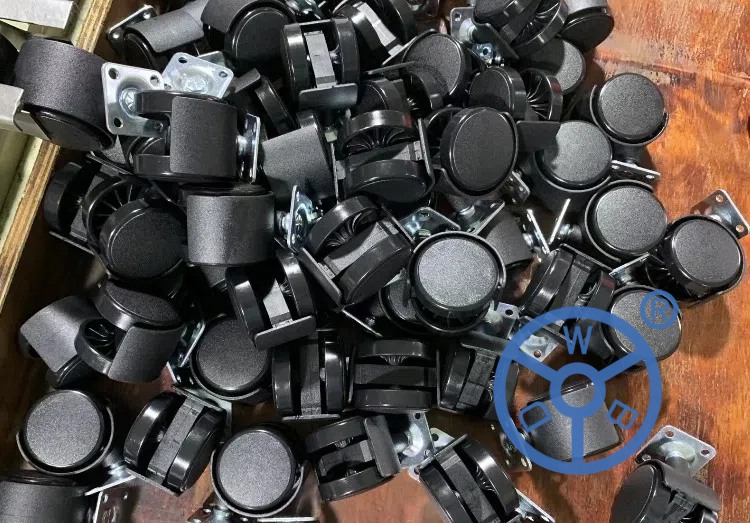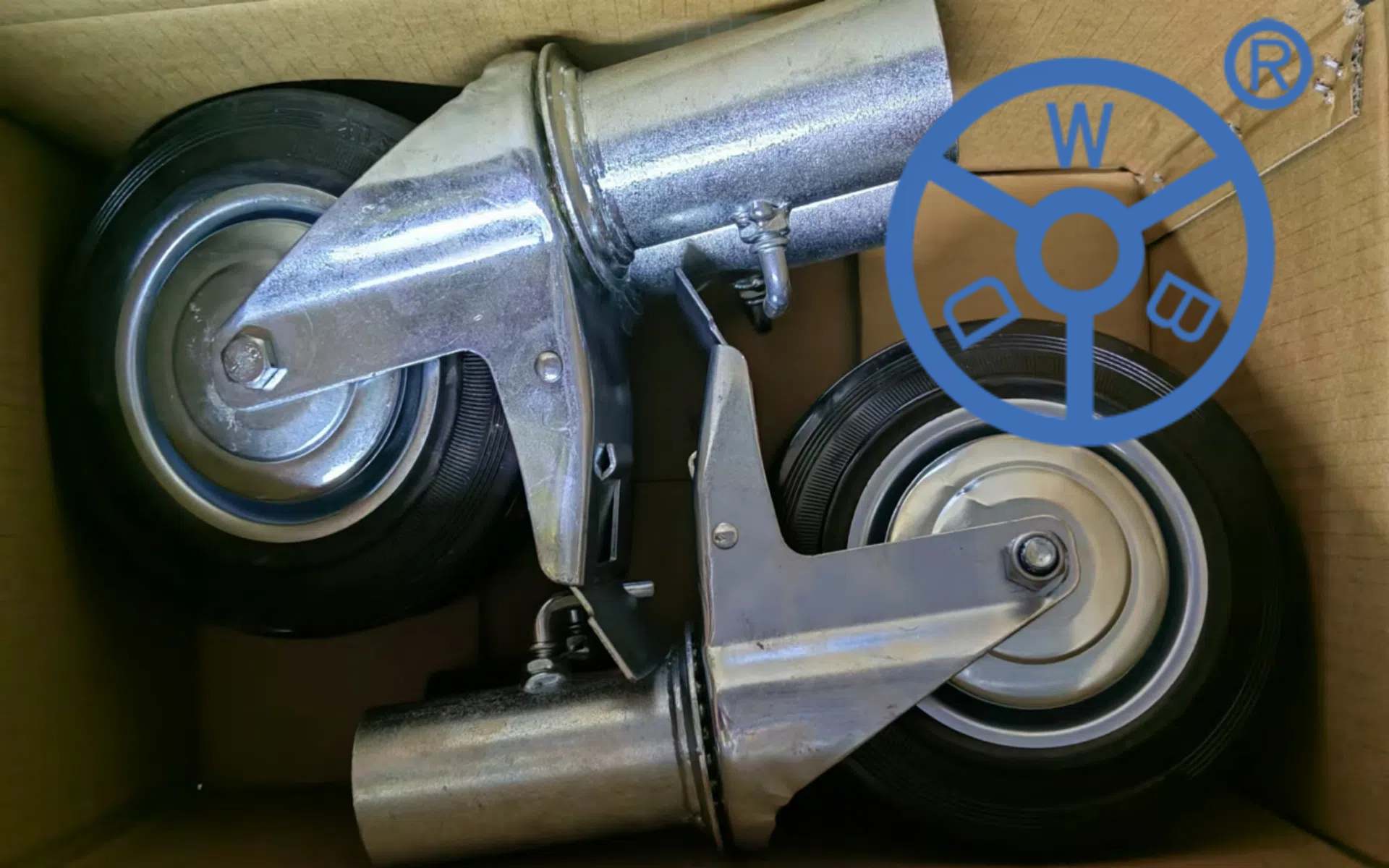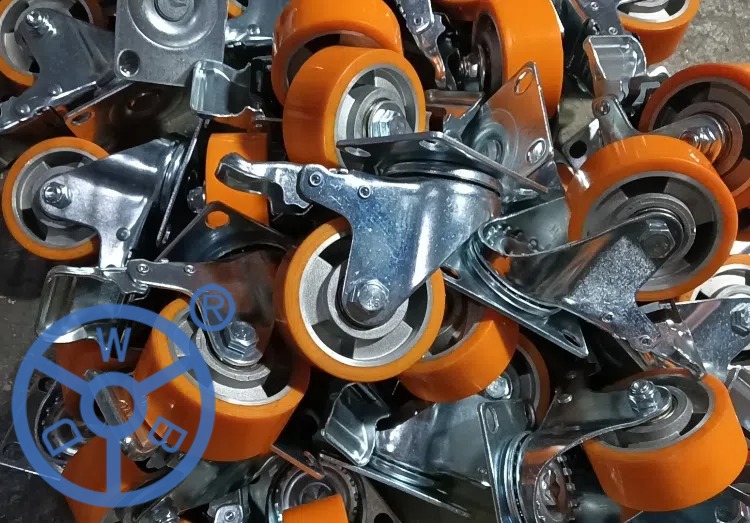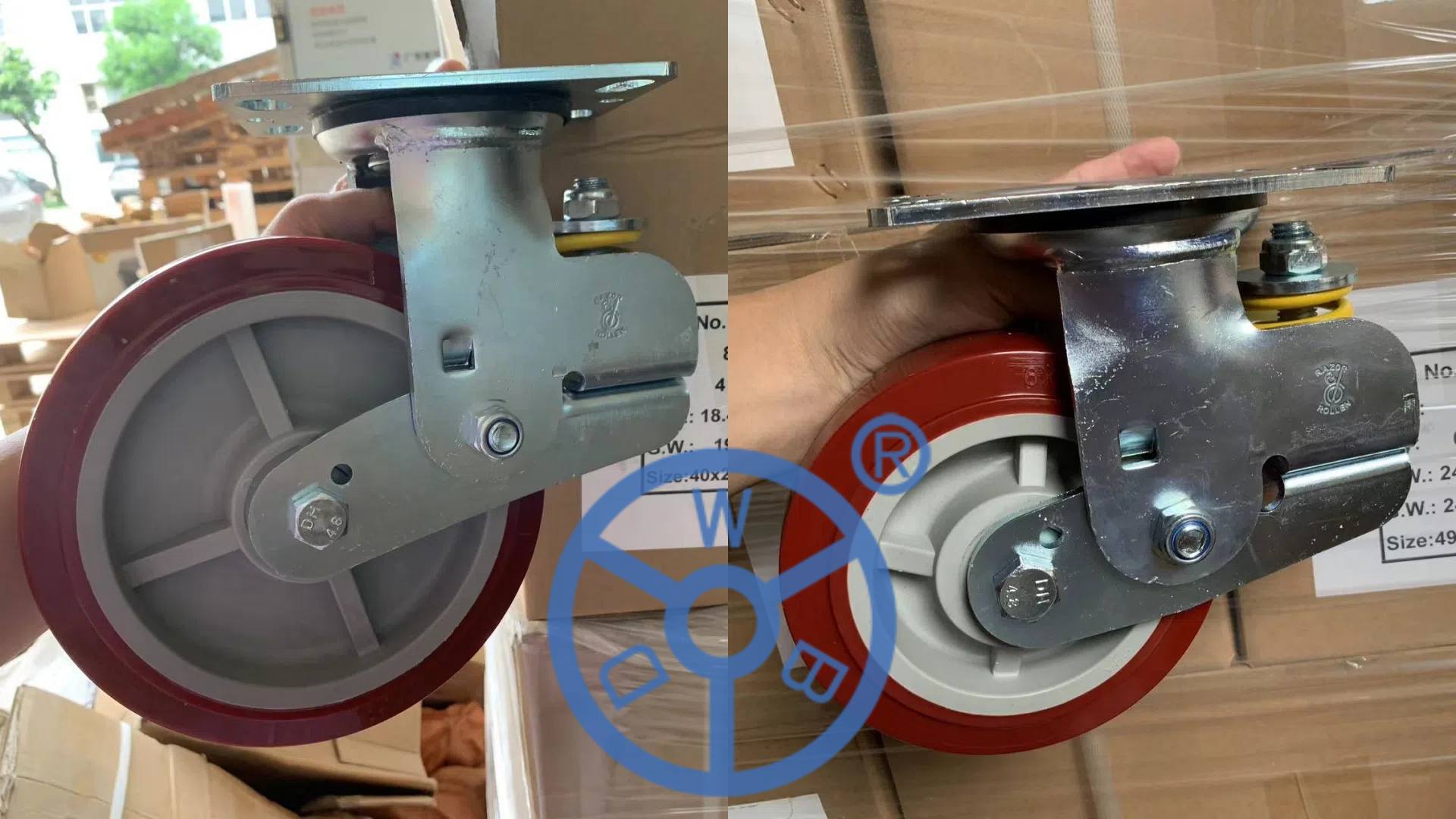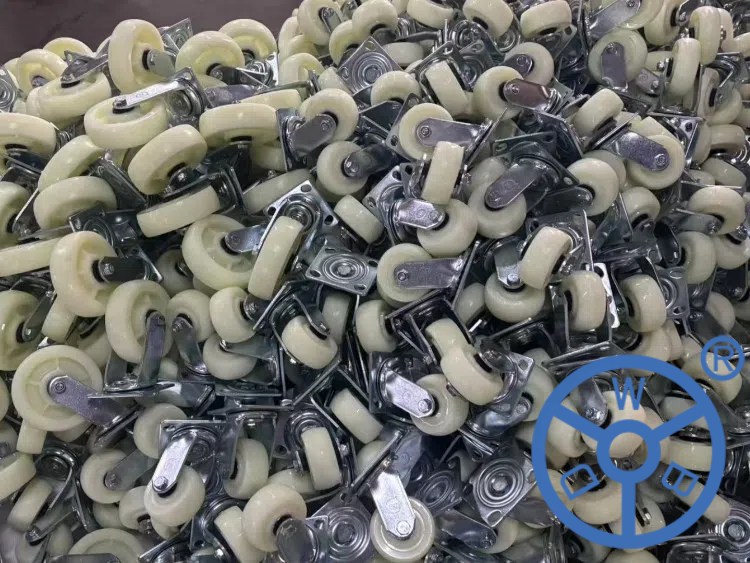Use Principle of High and Low Temperature Test Chamber Low Temperature Constant Temperature Tank
Use Principle of High and Low Temperature Test Chamber Low Temperature and Constant Temperature Tank
Because of its own circulation system, the uniformity of temperature field is very high, and more and more experiments are applied to the low temperature constant temperature tank. Mainly used in petroleum, chemical, electronic instrumentation, physics, chemistry, biological engineering, medicine and health, life science, light industrial food, physical property testing and chemical analysis and other research departments, colleges and universities, enterprise quality inspection and production departments, to provide users with a hot and cold controlled, uniform and constant temperature field source for test samples or products to perform constant temperature test or test. It can also be used as a heat source or cold source for direct heating or cooling and auxiliary heating or cooling.
What are the precautions for using a low temperature or constant temperature tank?
1, Before the use of low temperature constant temperature tank, the tank should be added to the liquid medium (pure water, alcohol, methyl silicone oil), the medium liquid level should be less than 20mm workbench, otherwise the power will damage the heater.
2, The selection of liquid medium in the low temperature constant temperature tank should comply with the following principles:
When the operating temperature is below 5 ° C, the liquid medium is generally alcohol;
When the operating temperature is 5 ~ 85℃, the liquid medium is generally water;
When the working temperature is 85 ~ 95℃, the liquid medium can choose 15% glycerol aqueous solution, which can reduce the evaporation of water;
When the operating temperature is higher than 95 ° C, oil is generally selected as the liquid medium, and the open cup flash point value of the selected oil should be higher than the operating temperature of 50 ° C or more; Generally, methyl silicone oil with low viscosity is used.
3, Power supply: 220V50Hz, the power supply should be greater than the total power of the instrument, the power supply must have a good "grounding" device.
4, The instrument should be placed in a dry and ventilated place, and there are no obstacles within 300mm around the instrument.
5, When the thermostat working temperature is high, should be careful not to open the cover, hands do not enter the groove, to prevent hot injury.
6, After using, all switches are placed in the off state, cut off the power.
7, Avoid acid and alkali substances into the tank corrosion coil and inner liner.
8, The instrument should do a good job of regular cleaning work, long-term use, empty the media in the tank, and wipe clean, keep the workbench and the operating panel clean.
9, Often pay attention to observe the liquid level in the tank, when the liquid level is too low, the liquid medium should be added in time.
10, Liquid external circulation, customers should pay special attention to the fastness of the connection of the leading pipe, strictly prevent falling off, so as to avoid liquid leakage.
